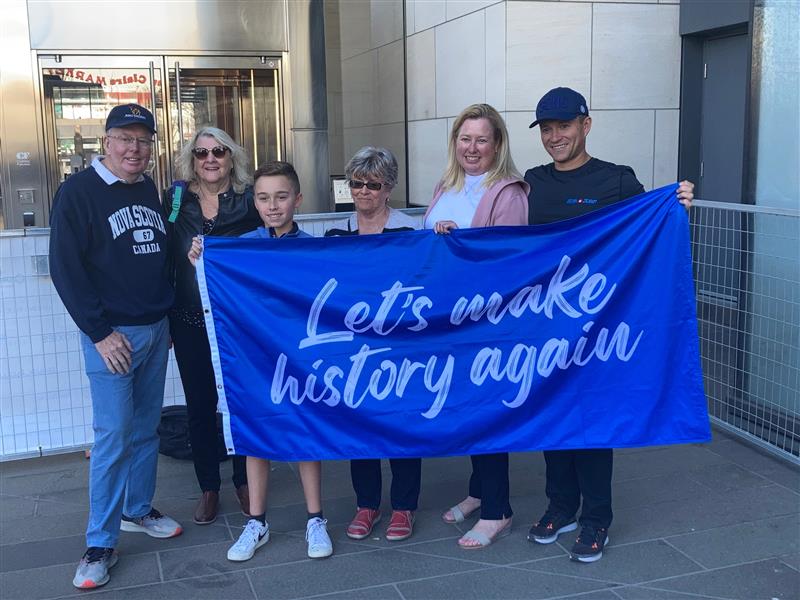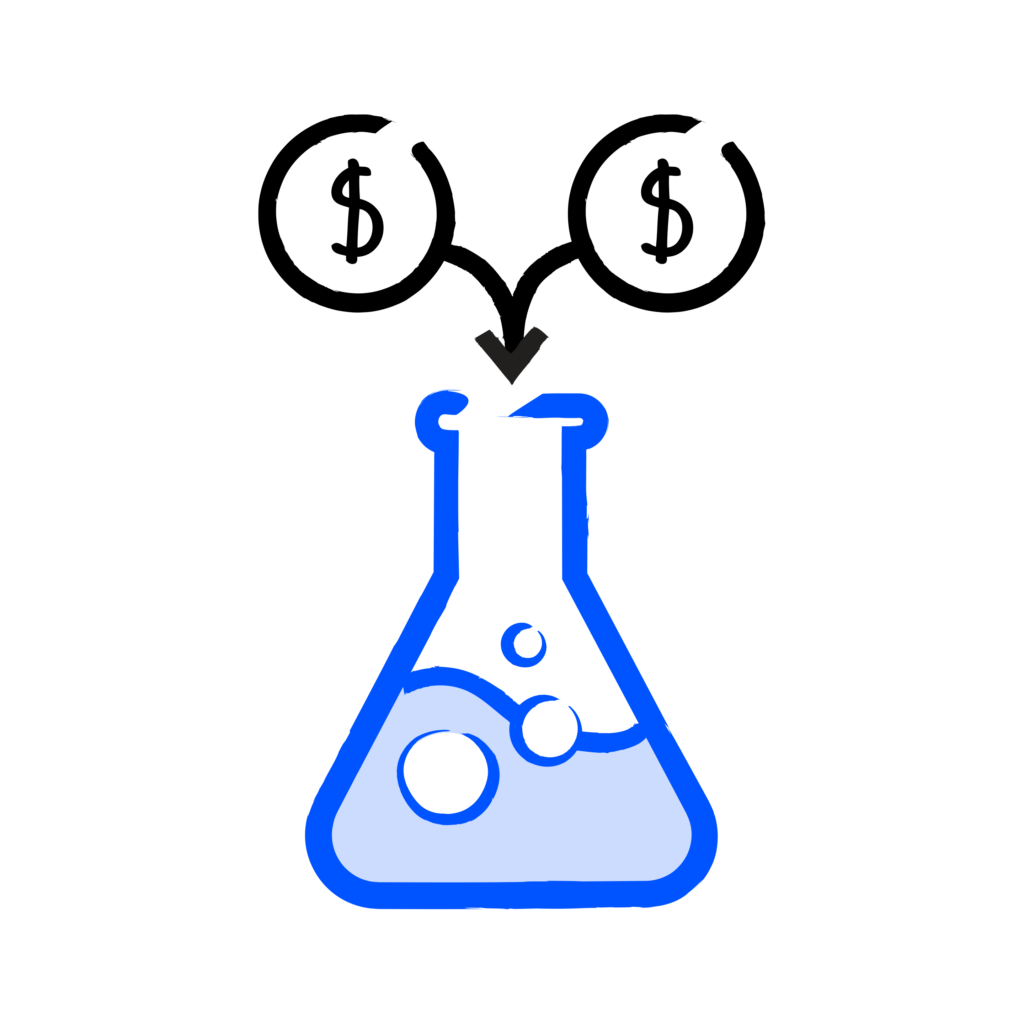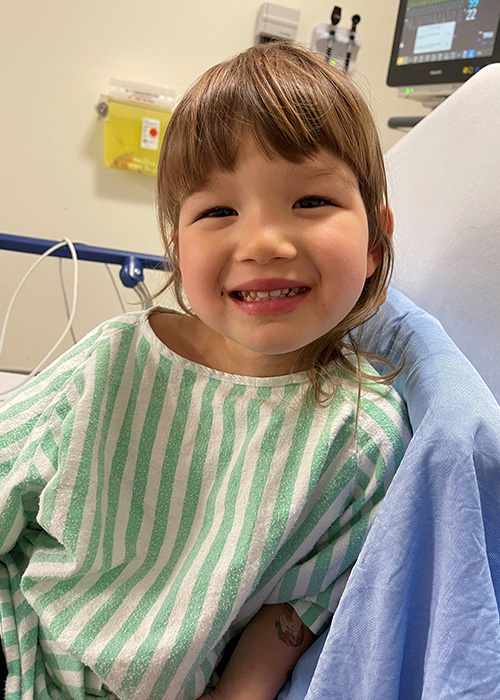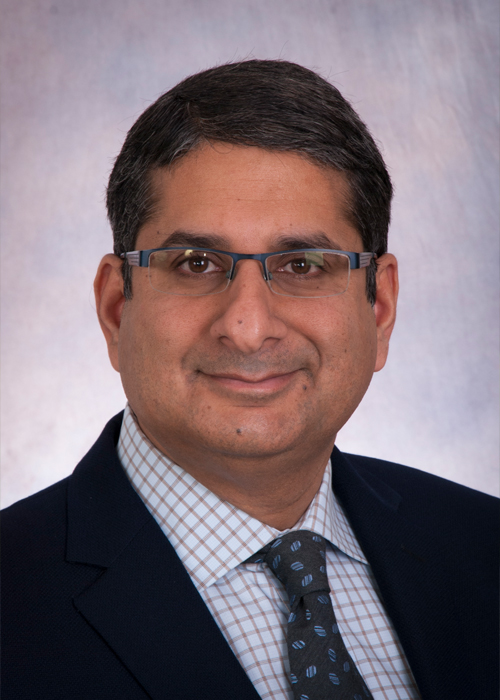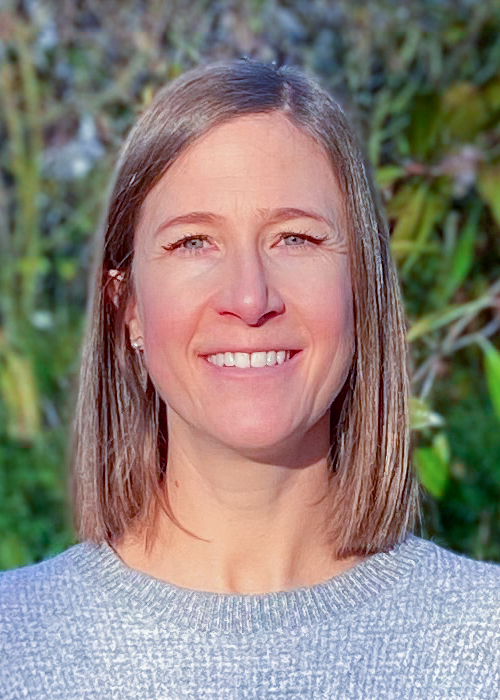
Hamilton, ON, Canada and New York, NY – On October 3, 2023, Allarta Life Science, a Hamilton, Ontario-based regenerative medicine company announced it has received an award from JDRF International (JDRF Canada’s parent organization), that could amount to US$800,000 upon completion of research and development milestones.
Allarta was co-founded in 2019 by McMaster University Chemistry Professor Dr. Harald Stover and STEM leader Maria Antonakos, MBA, and uses polymer science and novel hydrogels to advance cell therapies for type 1 diabetes (T1D).
A large area of cure based T1D research is investigating cell therapy. The goal of cell therapy is to replace beta cells that are destroyed in a person with T1D, thereby allowing them to produce insulin again. This would lessen or eliminate the amount of external insulin required by someone living with T1D (either by injection, pen, or pump) for years or even decades.
One of the primary hurdles to cell therapies becoming a reality for people with T1D is the need for ongoing, systemic immunosuppression medication (similar to an organ transplant like a kidney or liver). To solve this problem, Allarta has developed a hydrogel platform that offers immune protection for transplanted beta cells. Allarta’s competitive advantage lies in its synthetic hydrogels designed to allow good metabolic connection of transplanted cells while protecting them from the hosts’ immune system.
The grant will directly fund Allarta’s ongoing work to increase durability and avoid the need for systemic immune suppression in current islet and beta cell transplantations to cure T1D. Pre-clinical studies will be conducted with porcine islets and stem cell-derived beta cells to determine if they can survive without immunosuppression.
“Protecting transplanted cells from immune rejection without the use of chronic systemic immunosuppression remains one of the primary barriers to the broad application of islet cell therapies to cure type 1 diabetes. Addressing it is a key priority for JDRF so that these therapies can be fully implemented,” said Jaime Giraldo, Ph.D., Associate Director of Research at JDRF International. “Allarta’s approach is well-aligned with our research strategy, and we look forward to working with them on testing the ability of these unique materials to protect implanted insulin-producing cells following transplantation.”
JDRF Canada is very excited to see a Canadian company as the recipient of this industry grant and one at the forefront of cutting-edge stem cell technology as a possible cure for type 1 diabetes. We will report on any results of the pre-clinical studies as they become available.
-30-
About JDRF Canada
JDRF Canada is the leading charitable organization funding type 1 diabetes (T1D) research in Canada. Our mission is to accelerate life-changing breakthroughs to cure, prevent and treat T1D and its complications. We are an organization built on a grassroots model of people connecting in their local communities, collaborating regionally for efficiency and broader fundraising impact, and uniting on a national stage to pool resources, passion, and energy. We collaborate with academic institutions, governments, and corporate and industry partners to develop and deliver a pipeline of innovative therapies to people living with T1D. Our staff and volunteers throughout Canada and five international affiliates are dedicated to advocacy, community engagement and our shared vision of a world without T1D. For more information, please visit breakthrought1d.ca
Media Contact:
Ruth Kapelus
National Content and Media Relations Manager, JDRF Canada
T. 647.789.2322
E. rkapelus@jdrf.ca
235 Yorkland Blvd., Suite 1201 Toronto, ON M2J 4Y8
breakthrought1d.ca


